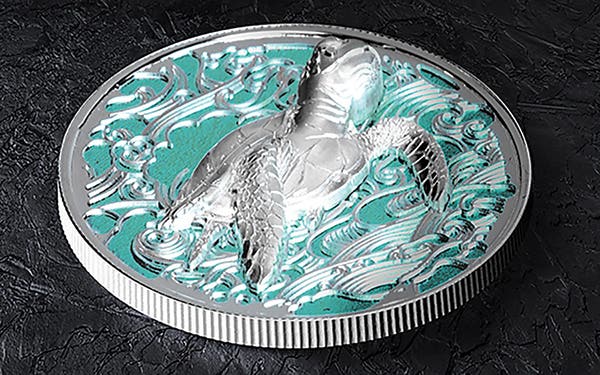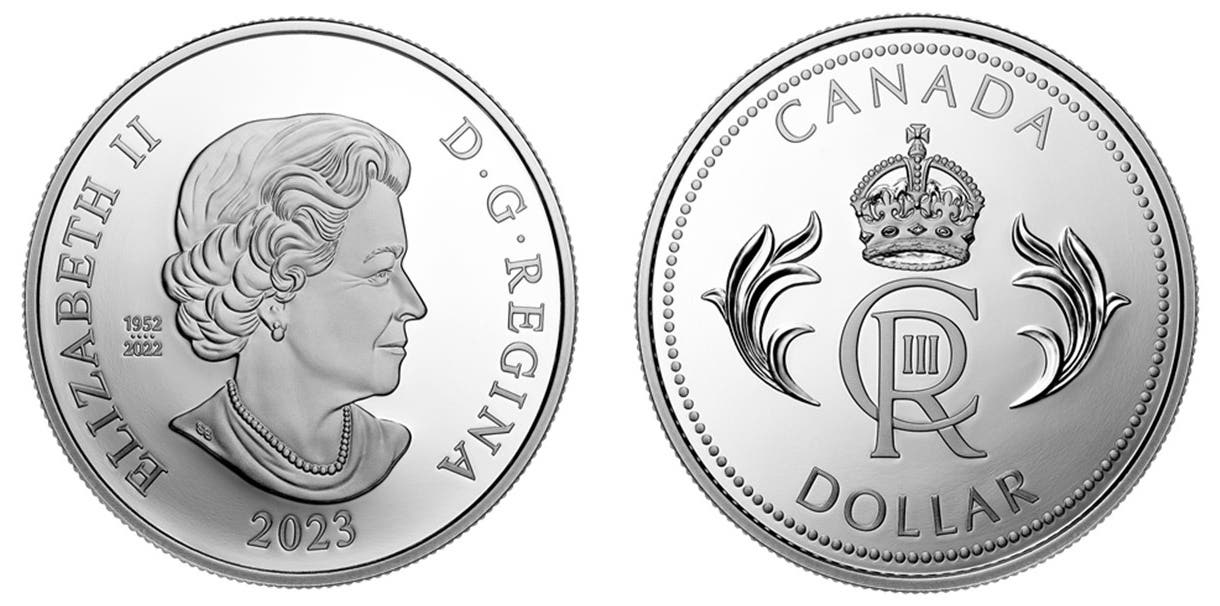Chinese rarities in Hong Kong sale
The Chinese coin market is healthy. Heritage Auctions’ December sale in Hong Kong proved it. Of the 1,349 lots cataloged, four took in excess of $100,000 apiece and 50 between…
The Chinese coin market is healthy. Heritage Auctions’ December sale in Hong Kong proved it. Of the 1,349 lots cataloged, four took in excess of $100,000 apiece and 50 between $10,000 and $99,999. The total realized including buyer’s premium, was $3,171,794.
Star of the show was a magnificent Kuang-hsü gold pattern Kuping tael (liang) of year Bing Wu (1906) struck at Tientsin mint (KM-Pn301, Kann-1540). Ex. Zhu H.J. Collection and graded MS63 NGC, it was bid up to $204,000 on a $130,000-$150,000 estimate.
From the same collection came a second Kuang-hsü gold pattern Kuping tael (liang), the so-called “small clouds” variety struck in the year Guang Xu (1907) also by Tientsin mint (KM-Pn302, Kann-1541). Graded MS62 NGC, it took an easy $132,000.
A further “small clouds” example in MS-61 NGC realized $96,000.
Among modern coins of the People’s Republic, there is an incessant demand for low-mintage gold proofs. Among these, the 60 mm, 5-ounce 500 yuan of 1995 showing a dragon boat on the reverse and the Great Wall on the obverse (KM-A823) always attracts attention. The piece was issued as part of five-coin ancient maritime commemorative series with a mintage of just 99. All such sets were edge numbered.
However, that on offer lacked the stamped edge number, and the Heritage catalog asks whether it may be a one-off pattern. Whatever the case, it went to the block in a NGC Jumbo holder graded PR69 Ultra Cameo. On an estimate of $150,000-$200,000, it fetched $186,000.
In contrast, a second example but edge-numbered 85 and also graded PR69 Ultra Cameo NGC went for $120,000 on its $80,000-$120,000 estimate.
Top silver coin of the sale and occupying sixth place in the prices realized went to another pattern, this time from the dying days of Empire: an exceedingly rare reversed dragon, small clouds pattern dollar of Year 3 (1911) struck at Tientsin (KM-Pn308, Kann-225). The reverse shows the end of the Imperial dragon’s tail at 3 o’clock rather than on the left as with most 1911 patterns.
The coin’s strike was out of the top drawer resulting in a brilliant white mint luster. Apart from minor hairlines on the obverse, it well deserved its SP62+ PCGS grade and easily achieved a price of $96,000 on a $50,000-$70,000 estimate.
Of note among other top-selling lots were two Hong Kong & Shanghai Banking Corporation gold bars of 5 taels each measuring 79x22 mm and containing 187.135 g of .9999 fine gold. Their obverses bear a stamp showing the HKSBC logo along with a second stamp giving weight and fineness. Regarded as rare, they fetched $13,200 apiece.
Full details of lots sold and prices realized are available online at www.ha.com.
This article was originally printed in World Coin News. >> Subscribe today.
If you like what you've read here, we invite you to visit our online bookstore to learn more about Standard Catalog of World Coins, 1901-2000.








